V2G单相并网逆变器设计毕业论文
2020-08-13 20:45:55
摘 要
随着智能电网的大规模建设和电动汽车技术的飞速发展目前,越来越多的人开始关注电动汽车与电网实现能量互动技术的研究。电动汽车电网互动技术,即V2G技术是将电动汽车电池不止看作负荷单元,还可以做出电网的可移动式储能单元。当电网需要时,电动汽车可以将电池电能反馈回电网,起到移峰填谷的作用。目前电动汽车发展处于加速时期,大量电动车并入电网后将会对电网调节起到关键作用。如何将电动汽车的直流电能逆变回电网是V2G技术的关键,本文将设计一款单相并网逆变器使电动汽车电能流向电网。
本文重点研究单相并网逆变器的拓扑结构和并网控制策略。选取全桥型逆变器,介绍了控制原理和电路拓扑结构。为减小输出电流的谐波含量,通过比较选择了LCL型滤波器,这种滤波器对于高频和低频都有良好的衰减特性,还对其参数进行设计。在并网控制策略的选择上讨论了四种不同控制方式逆变器的优缺点,以电压型电流控制逆变器为对象,介绍几种典型的电流控制方法,为实现控制目标,选择基于SPWM技术的电网电流双环反馈控制策略。这个控制策略中,电压外环可以调控输出功率,并输入比较值到电流内环,后者主要为了使输出电流跟踪电网电压。
为实现逆变器控制功能,设计了基于DSP的逆变器硬件电路和软件部分。硬件设计中,主要将硬件电路的保护电路,信号检测电路以及信号管的驱动电路的原理进行了简单的分析,并设计了相应的电路图。在软件部分,逆变器主要由主程序以及控制PWM生成的PWM程序构成,分析两者的原理,并且画出来其原理框图,而且对理论知识进行了深入的分析。在完成总体设计后,在MATLAB/Simulink对单相并网逆变器系统的进行数学建模和仿真分析,得到电压电流的仿真图,验证了LCL滤波器和电压电流双环反馈控制方法的正确性。
关键词:V2G技术;并网逆变器;双环控制;数字控制技术
Abstract
With the large-scale construction of smart grid and the rapid development of electric vehicle technology At present, more and more people began to focus on electric vehicles and power grid to achieve energy interaction technology research. Electric vehicle power grid interactive technology, that is, V2G is the electric car battery is not only as a load unit. When the grid needs, the electric car can return the battery power back to the grid. At present, the development of electric vehicles in the accelerated period, a large number of electric vehicles into the grid will play a key role in regulating the power grid. How to convert the DC power of electric vehicles back to the grid is the key to V2G . This paper will design a single-phase grid-connected inverter to make the electric vehicle power flow to the grid.
This paper focuses on the topology of single-phase grid-connected inverter and the control strategy. Select the full-bridge inverter, introduced the control principle and circuit topology. In order to reduce the harmonic content of the output current, the LCL filter is selected by comparison. This filter has good attenuation characteristics for high frequency and low frequency, and its parameters are also designed. The advantages and disadvantages of four different control modes are discussed in the choice of grid-connected control strategy. In this control strategy, the voltage outside the ring can control the output power, and enter the comparison value to the current loop, which is mainly to make the output current to track the grid voltage.
In order to realize the inverter control function, the hardware part and the software part of the inverter based on DSP are designed. In the hardware design, the signal detection circuit and the driving circuit of the signal tube are analyzed, and the corresponding circuit diagram is designed. In the software control part, the inverter is mainly composed of the main program and the PWM program . The principle of the two is analyzed, and the schematic block diagram is drawn out, and the theoretical knowledge is analyzed in depth. After the overall design, the mathematical modeling and simulation analysis of the single-phase grid-connected inverter system in MATLAB / Simulink is carried out. The simulation of the voltage and current is obtained, which verifies the correctness of the LCL filter and the voltage and current double loop feedback control method.
Key Words:Vehicle-to-grid;Grid inverter; double loop control;Numerical Control
目录
第1章 绪论 1
1.1 课题研究背景与意义 1
1.2 并网逆变器发展状况和趋势 2
1.3 本文设计内容和结构 3
第2章 单相并网逆变器总体设计 4
2.1 设计方案的提出 4
2.2 逆变主电路拓扑结构和原理分析 4
2.2.1 主电路拓扑结构选择 4
2.2.2 逆变器工作原理分析 4
2.3交流测滤波器的拓扑选择和参数设计 5
2.3.1 滤波器的拓扑选择 5
2.3.2 LCL滤波器的数学模型 6
2.2.3 滤波器参数设计 7
2.4 本章小节 8
第3章 逆变器并网控制策略 9
3.1 并网控制策略概述 9
3.2 并网控制目标 11
3.3 并网控制策略设计 12
3.4 并网逆变器硬件电路的设计 13
3.4.1 信号检测电路的设计 13
3.4.2 保护电路的设计 14
3.4.3 驱动电路的设计 15
3.5 本章小节 16
第4章 DSP控制软件设计 17
4.1 控制系统主程序的设计 17
4.2 PWM子程序的设计 19
4.3 本章小结 20
第5章 系统实验与分析 21
5.1 实验系统的建立 21
5.2 仿真结果分析 22
5.3 本章小节 23
总结 24
参考文献 25
致谢 27
绪论
1.1 课题研究背景与意义
1.1.1 研究背景
目前,经济的快速发展使得全球能源问题和环境问题日益凸显,越来越多的国家开始提倡节能减排,低碳生活。汽车是能源消耗的大户,新能源汽车较传统汽车在绿色清洁、能源利用上有明显的优势,而电动汽车技术是未来新能源汽车的主要方向。随着电动汽车技术的不断发展和锂电池技术的突破,人们发现电动汽车中电池不光可以看成用电单位,还可以看作是分布式电网或微电网的储能单元,通过这些储能单元实现电动汽车和电网之间的能量流动。在电动汽车电量不足需要充电时,电池作为负荷从电网获得电能;当电动汽车不在运行的时候,电动汽车可作为电网的储能设备或备用电源将剩余可控电能反向输送到电网中,实现电动汽车与电网互动,同时起到对电网调频调峰和改善电网稳定性等作用。因为,学者们提出了电动汽车——电网互动技术(Vehicle to Grid,V2G)的概念。
V2G (Vehicle-to-grid),即电动汽车——电网互动技术,是以电动汽车的储电功能为基础的新型智能电网技术。电动汽车电池不单作为电力消费体,还可以在电网需要时向电网反馈电能,实现能量在电网与电动汽车的互动。在上世纪90年代,有学者猜想大量电动汽车并入电网后会对电网产生不同于其他用电负荷的影响,但受限于当时的技术条件,没有形成完整的解决方案。V2G的概念最初在1995年有美国特拉华大学William Kempton教授提出。近年来,由于智能电网的发展和节能减排的倡导,V2G技术受到了越来越多的关注,很多国家和团队对电动汽车与电网双向互动技术的可行性进行研究。
相关图片展示:
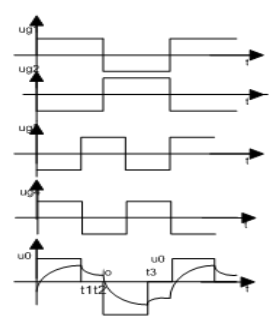
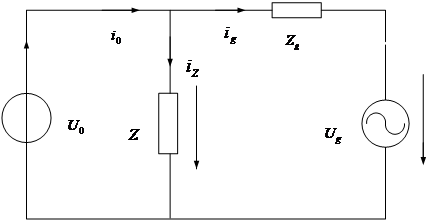

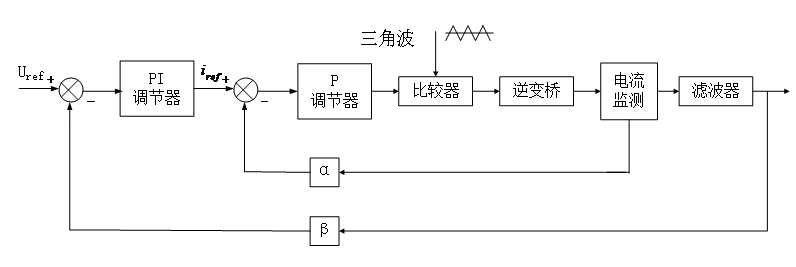
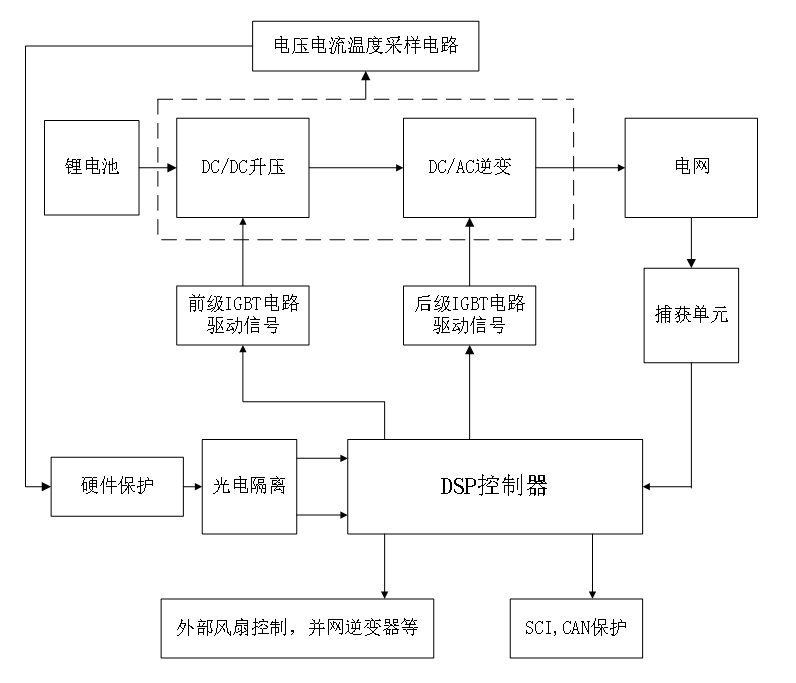
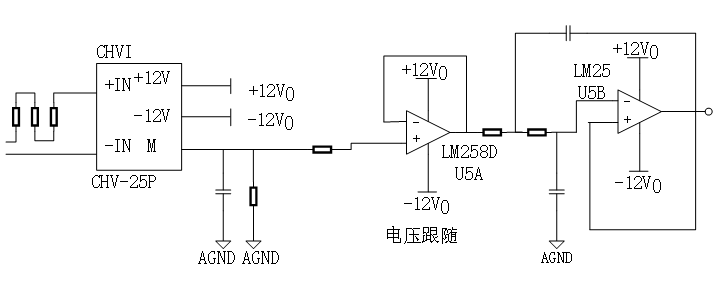
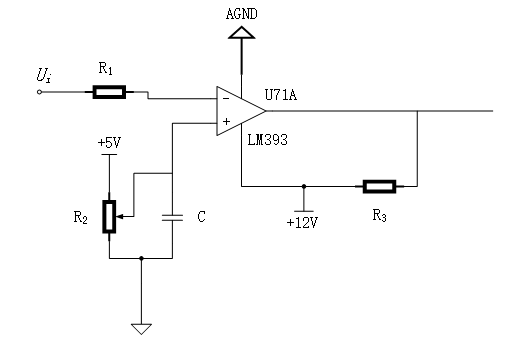
您可能感兴趣的文章
- 一种确定磁探针集总电路参数的标定方法外文翻译资料
- 一种人体可接触的大气压低温等离子体射流装置研究(适合电气B方向)毕业论文
- 氩氧中大气压DBD放电特性研究(适合电气B方向)毕业论文
- 大气压氩等离子体射流放电影响因素的仿真研究(适合浦电气B方向)毕业论文
- 含氧高活性均匀DBD改性聚合物薄膜研究(适合浦电气B方向)毕业论文
- 反应器结构对气液两相DBD放电特性的比较(适合浦电气B方向)毕业论文
- 南京某公司研发楼电气设计毕业论文
- 金帆北苑地块经济适用住房——02栋商住楼电气设计(适用于浦电气1004~06A方向学生)毕业论文
- 扬州人武部大楼电气设计毕业论文
- 金帆北苑地块经济适用住房——04栋商住楼电气设计(适用于浦电气1004~06A方向学生)毕业论文




